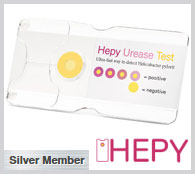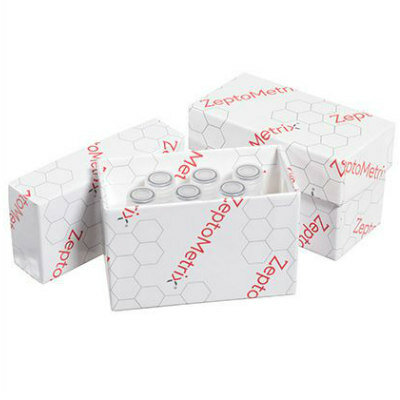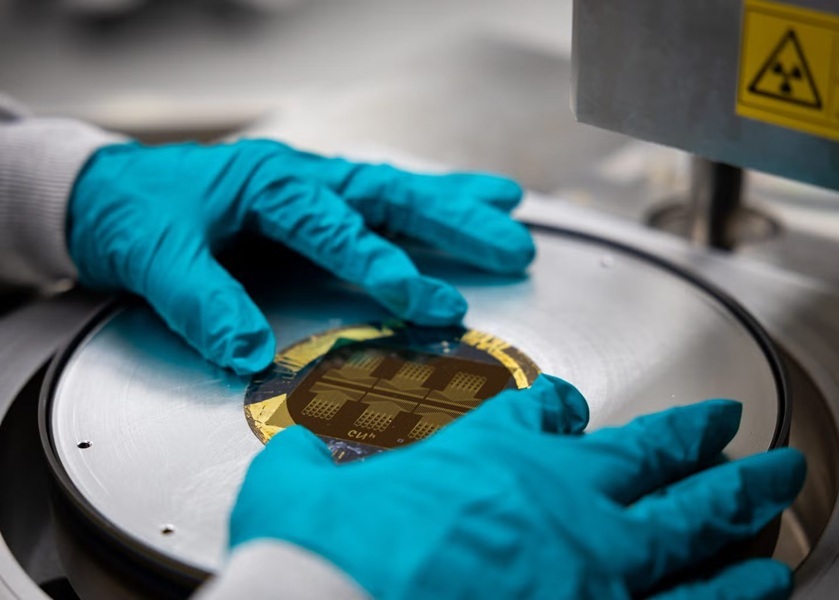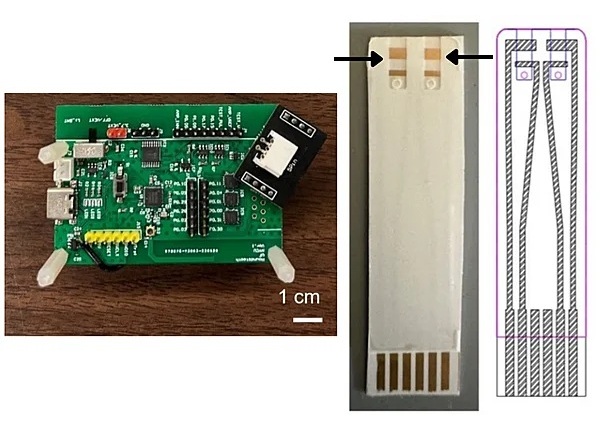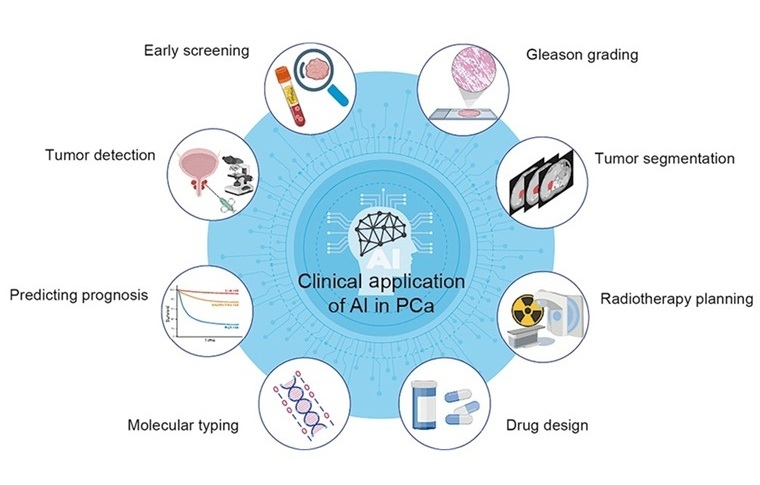Pumps Achieve High-Speed Sorting of Large Cells
By LabMedica International staff writers
Posted on 10 Aug 2017
The sorting of individual cells is necessary for many medical applications, including the isolation of specific cell types from cell suspensions. A fluorescence-activated cell sorting (FACS) has been used for high-throughput cell sorting.Posted on 10 Aug 2017
A FACS of larger cells requires the samples to be processed under low pressure through wider nozzles to prevent damage and therefor sorting is limited to low-level throughput. Lasers are used to excite auto-fluorescence or tagged-fluorescence of cell included in droplets, and then the droplets are diverted into different containers depending on their characteristics. This technique is a concern owing to sample infections due to aerosols generation.
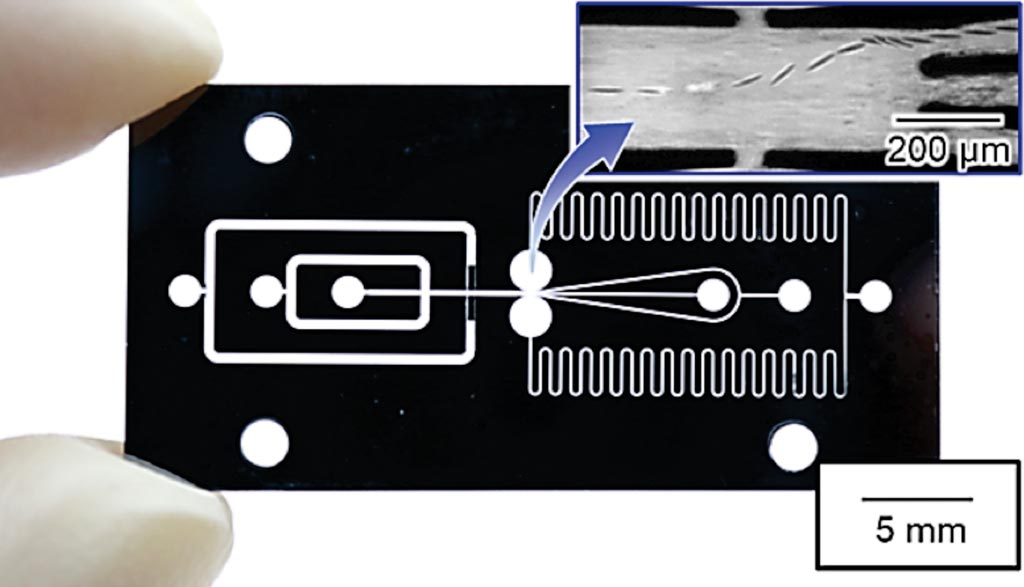
Image: The developed microfluidic chip enables sorting of cells at high speed of 16 microseconds. The enlarged view shows a demonstration of on-chip cell sorting of a Euglena gracilis cell (Photo courtesy of Nagoya University).
Scientists at Nagoya University (Nagoya, Japan) investigating cell sorting used a microfluidic chip to prevent sample infection. This chip has microchannels into which cell suspensions are introduced for sorting. The group integrated two externally driven on-chip pumps into the microfluidic chip for high-speed flow control. Using a high-speed actuator as the driving source of pump, they succeeded in producing a flow with 16 microseconds for cell sorting.
Although various methods of on-chip cell sorting have been proposed, high-throughput sorting of large cells remains hampered by the difficulty of controlling high-speed flow over a wide sorting area. To overcome this problem, the team proposed high-speed local-flow control using dual membrane pumps driven by piezoelectric actuators placed on the outside of a microfluidic chip. They evaluated the controllability of shifting the flow profile by the local-flow.
The technique allows them to sort not only large but also small cells with high speed, high purity, and high viability. The method was tested on microalgae as an example of large cells, around 100 µM in size, and achieved 95.8% purity, 90.8% viability, and a 92.8% success rate. As a model small cell type, they used a cancer cell whose size is around 24 µM, and achieved 98.9% purity, 90.7% viability, and a 97.8% success rate.
Shinya Sakuma, PhD, an assistant professor and lead author said, “Microfluidic chip contains a cross-shaped sorting area and three-branched microfluidic channel. Target/non-target cells are three-dimensionally aligned in the main channel. When target cells are detected, the on-chip pumps work rapidly to sort cells into one of two interest channels. Meanwhile, non-target cells are flushed into the waste channel without pump actuation.” The study was first published on June 14, 2017, in the journal Lab Chip.
Related Links:
Nagoya University






